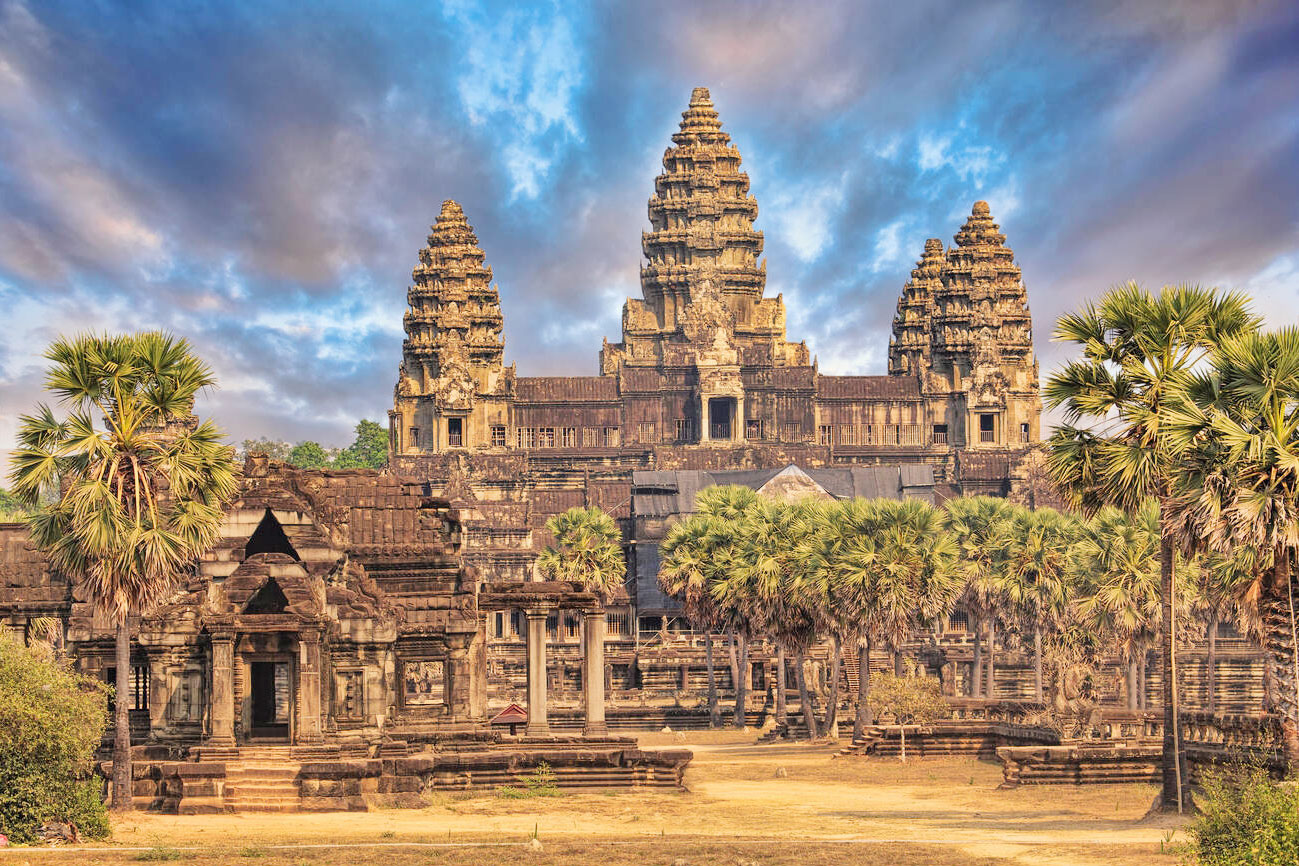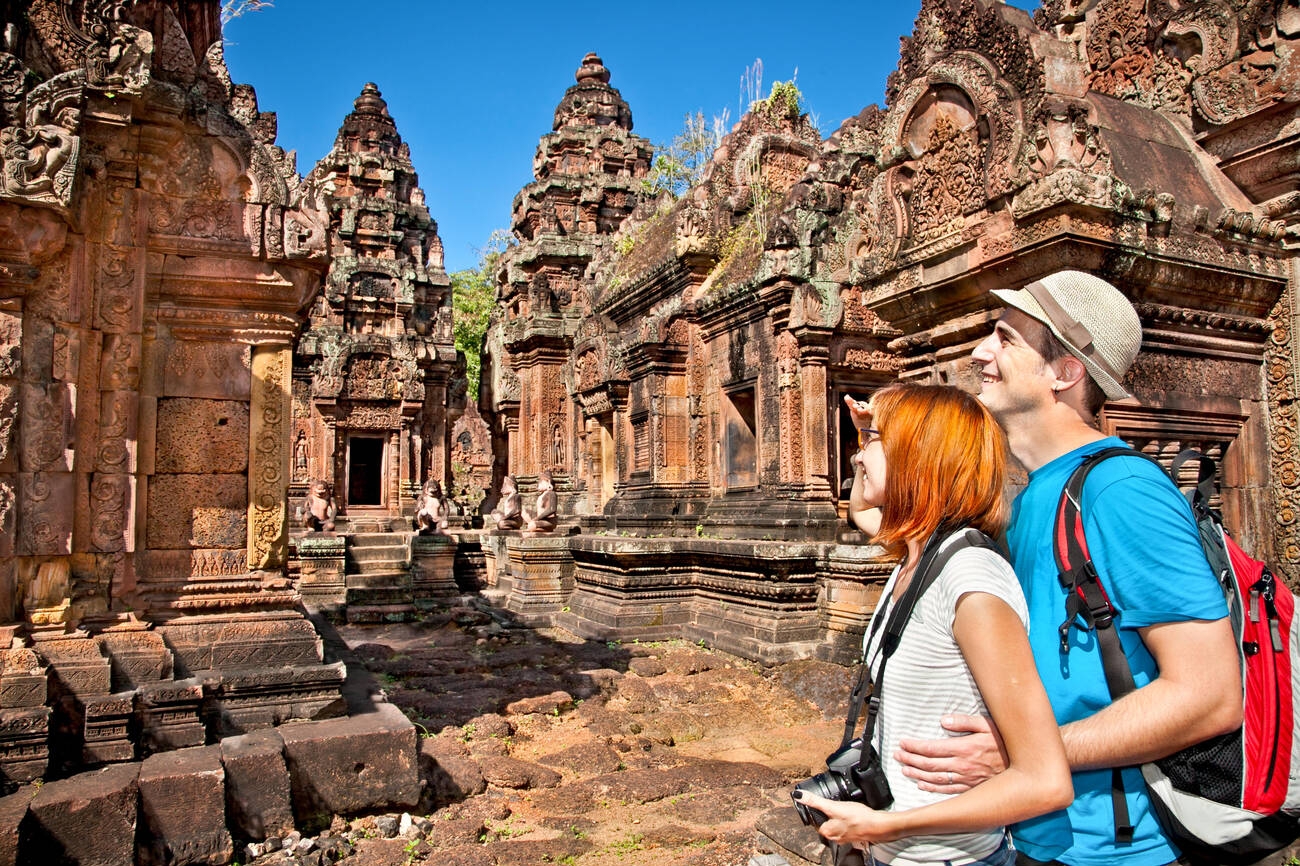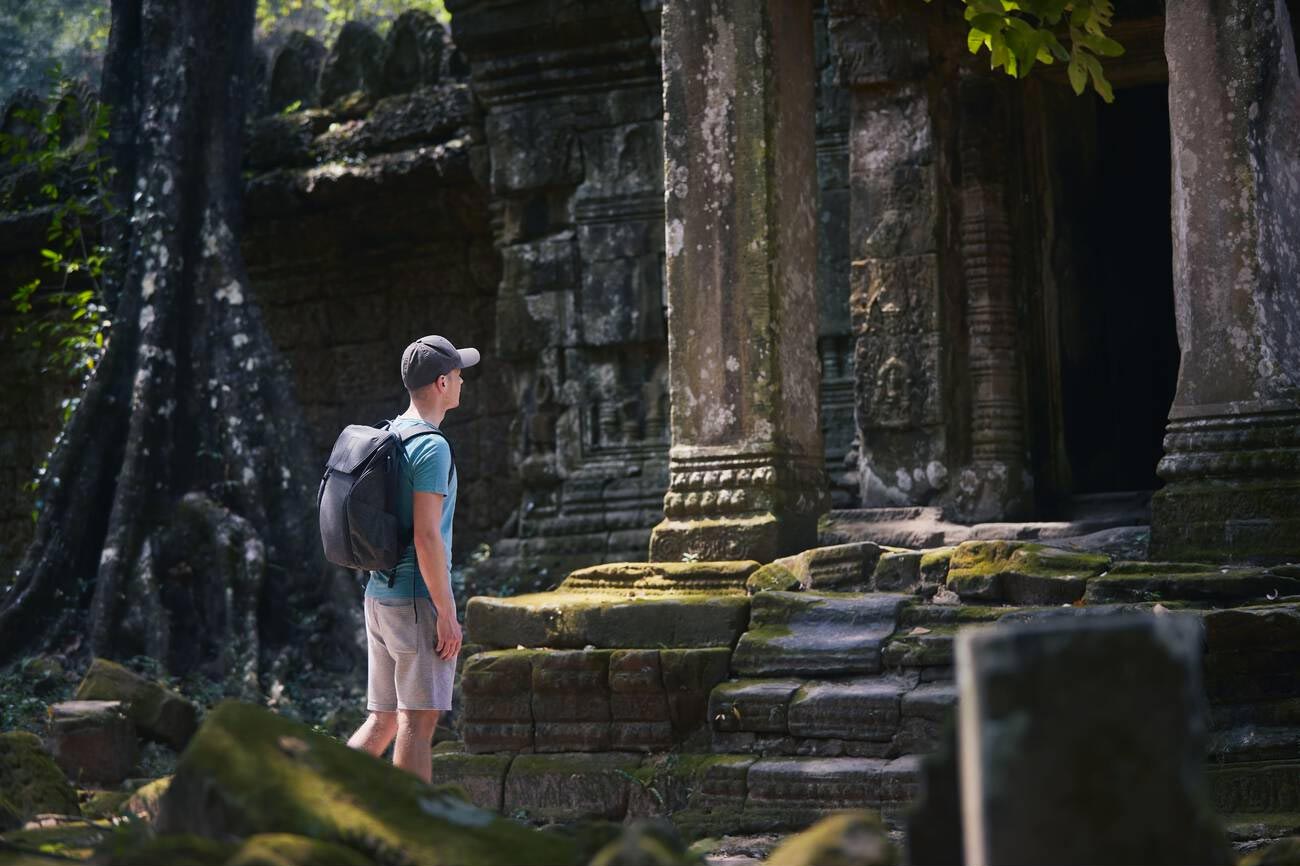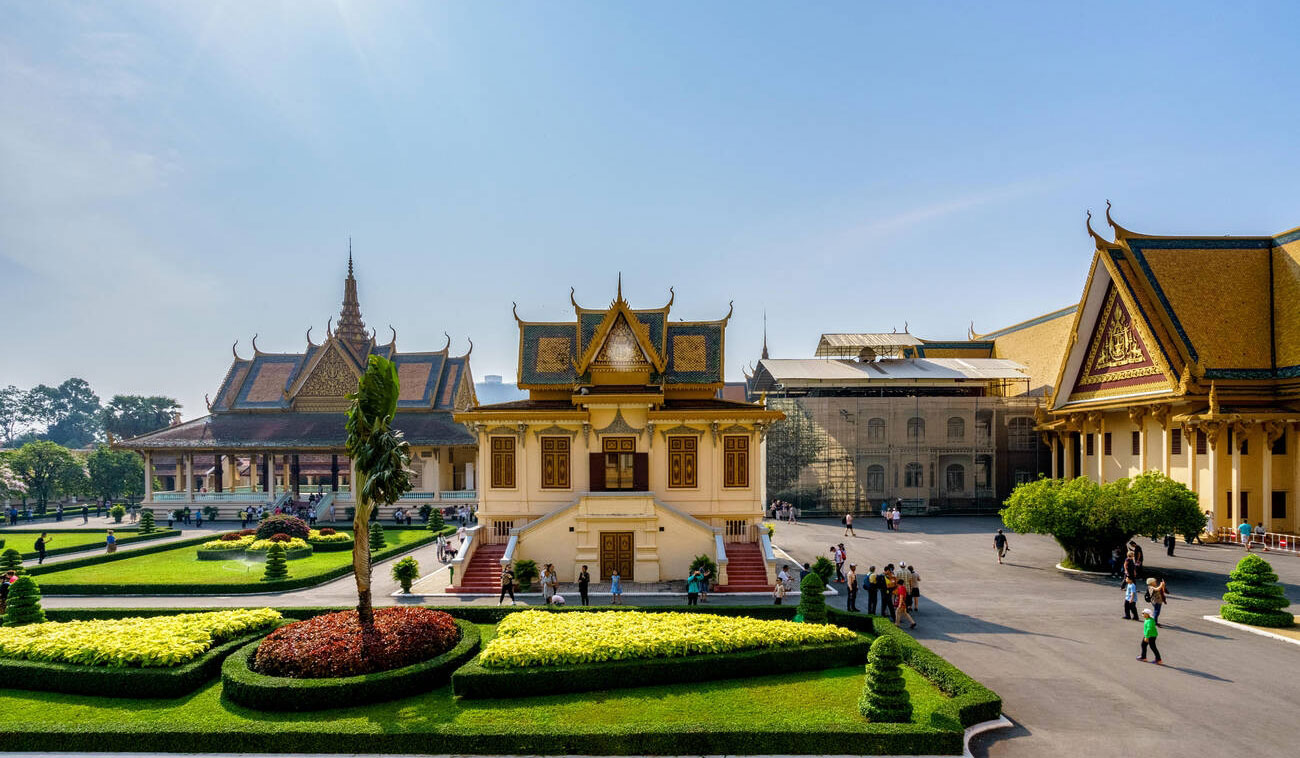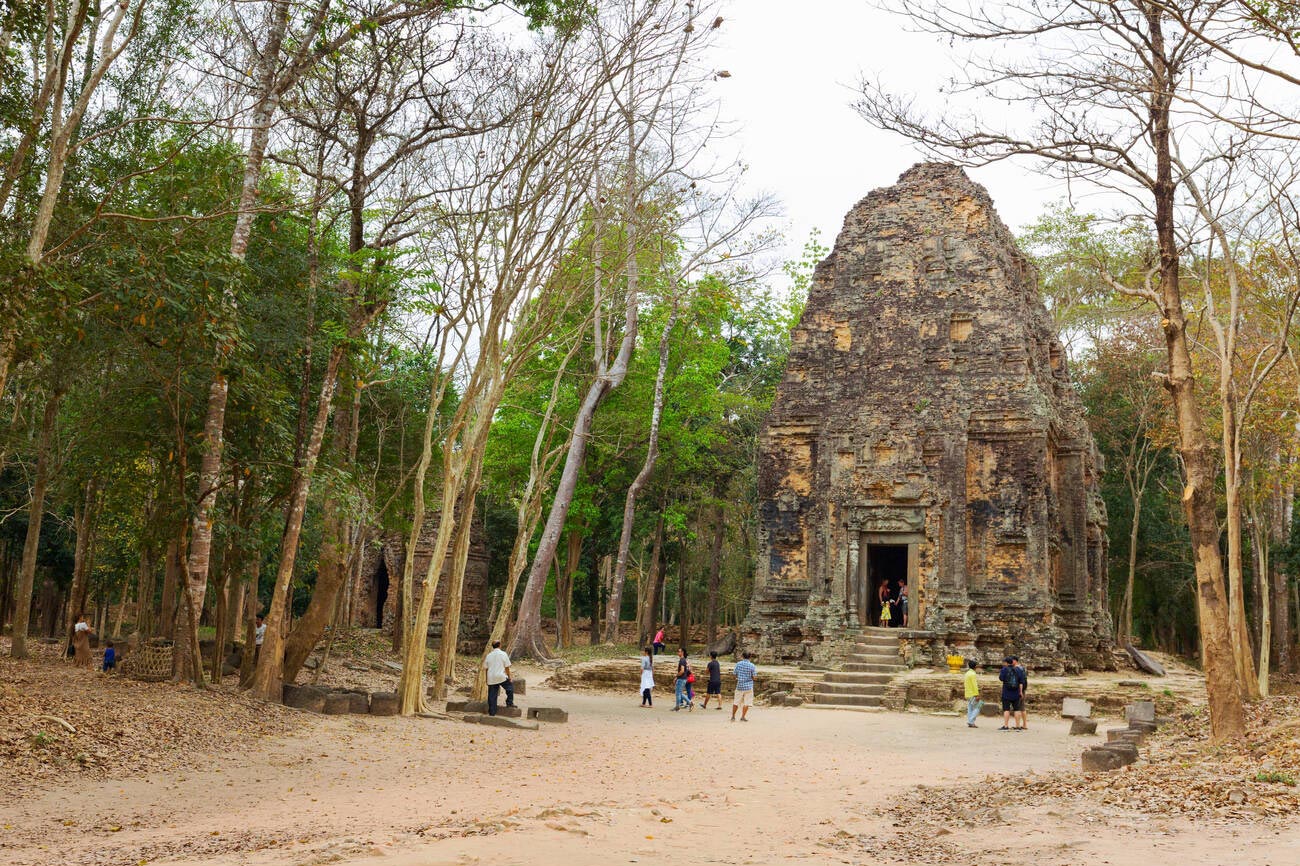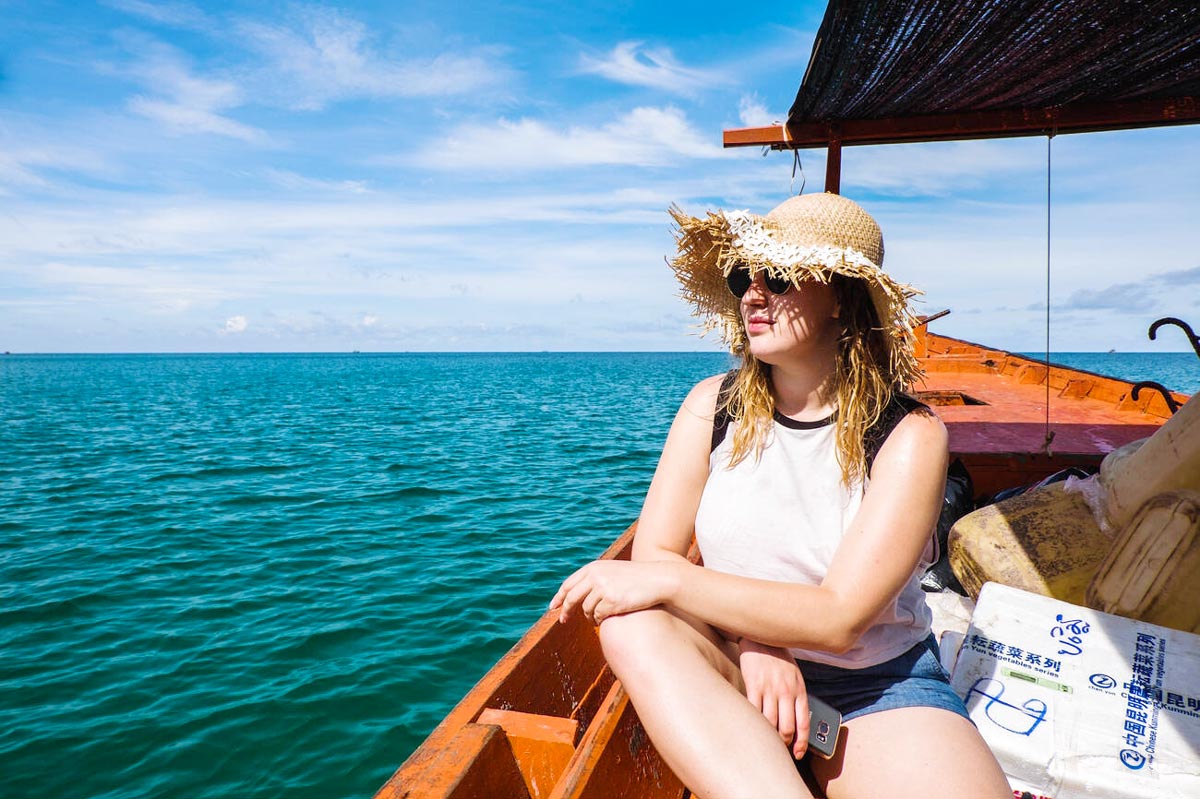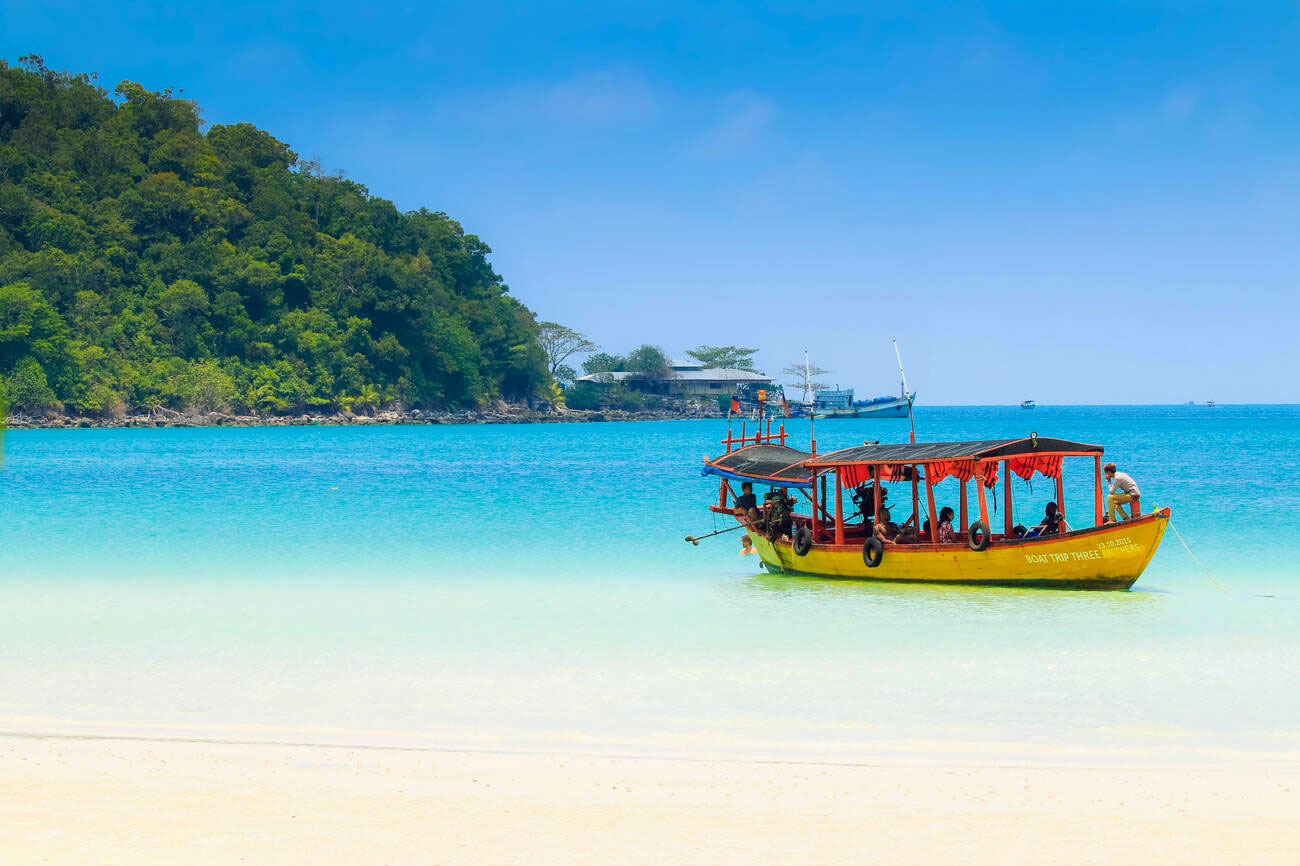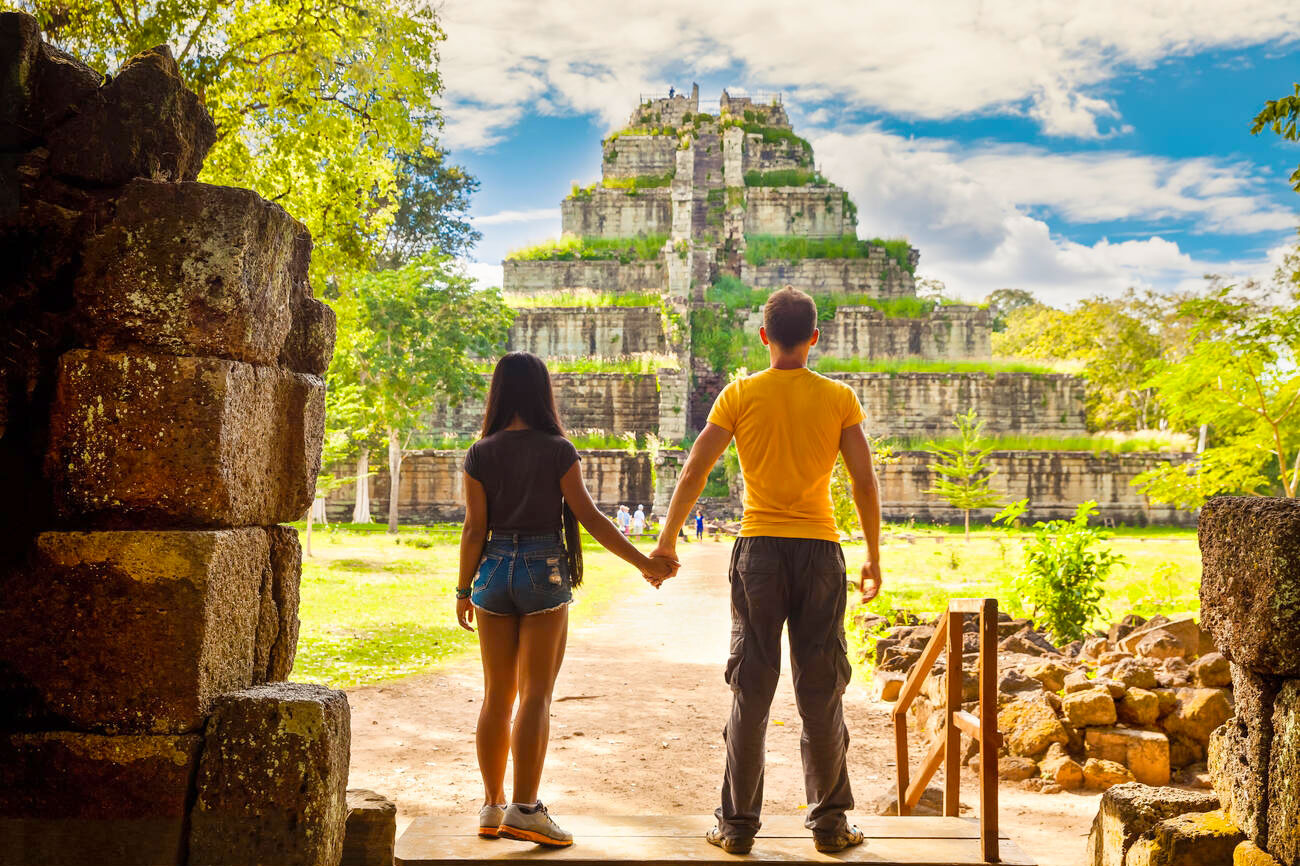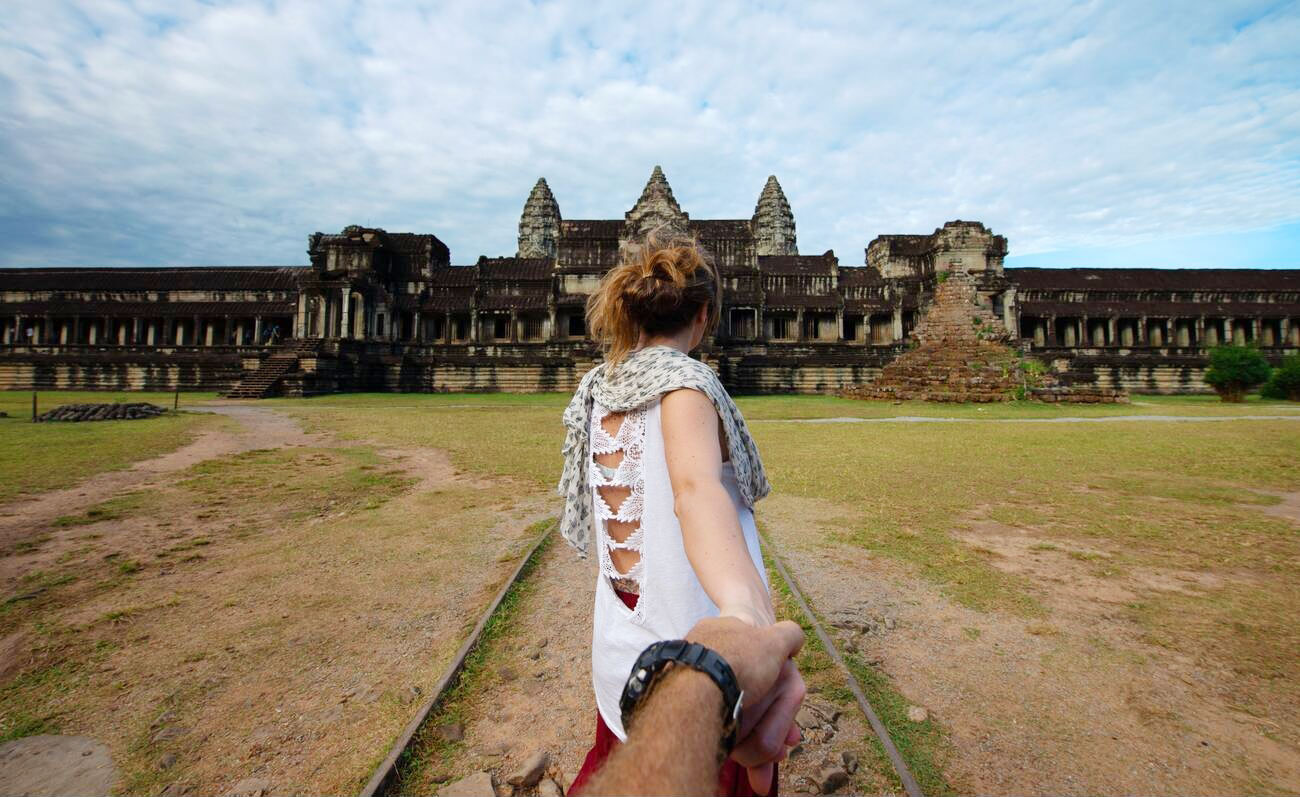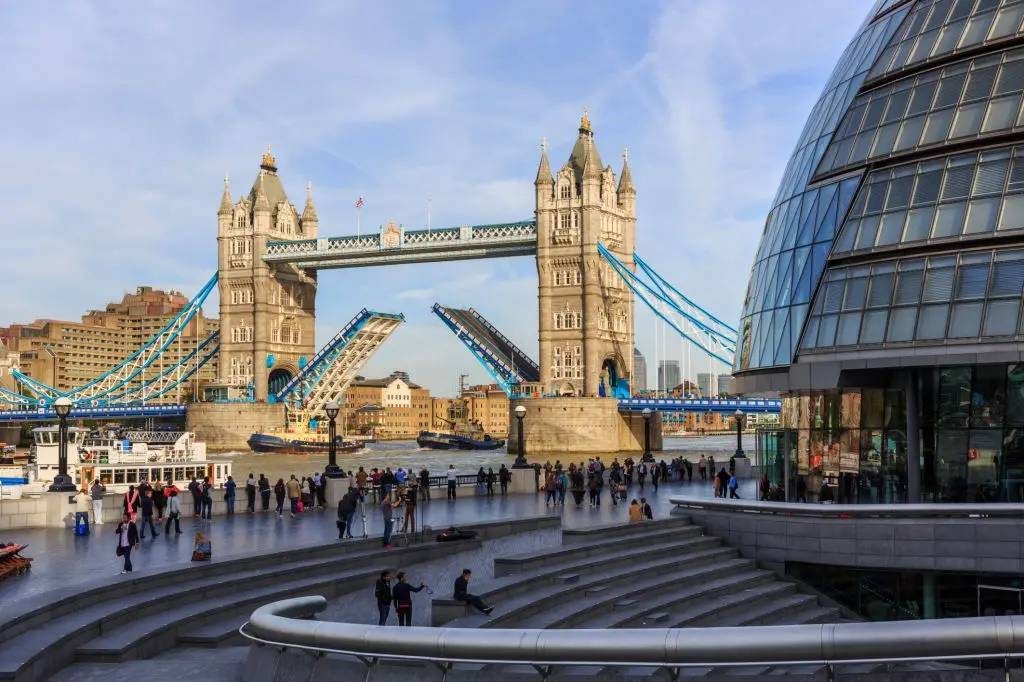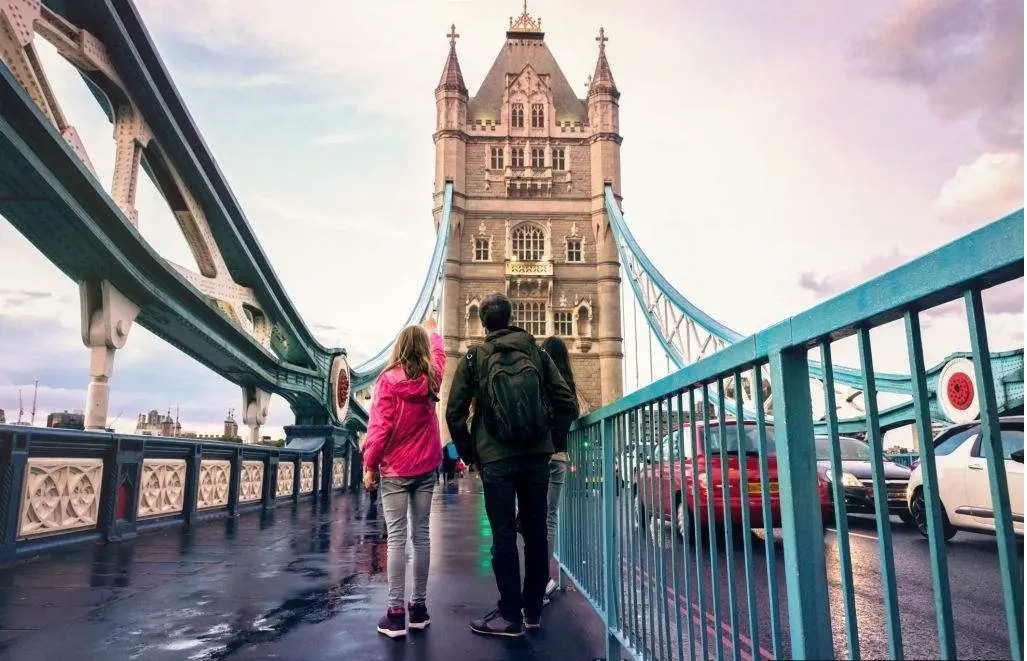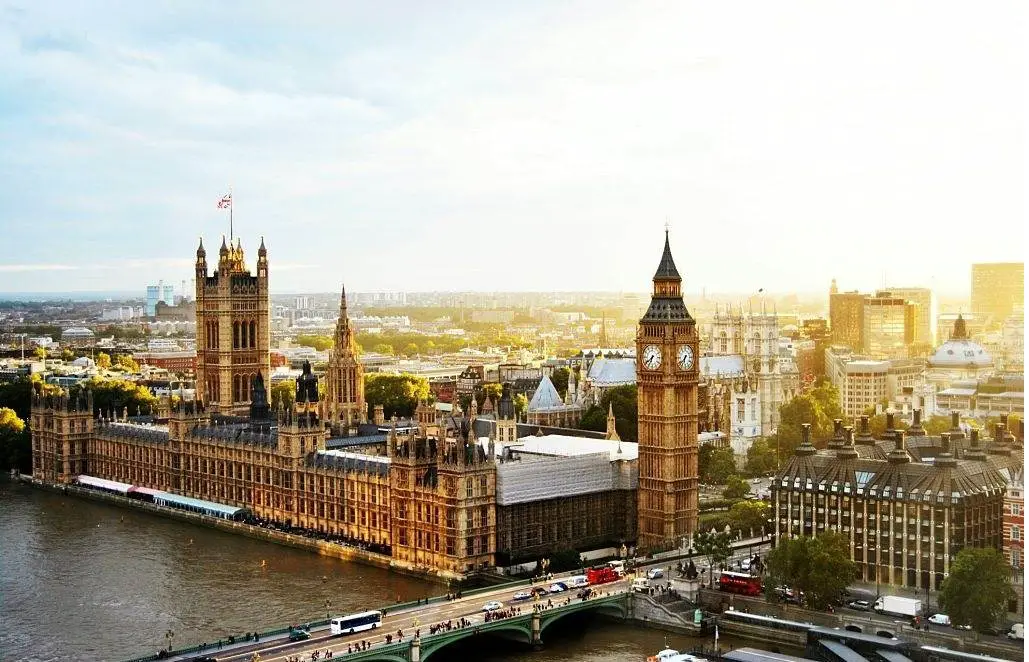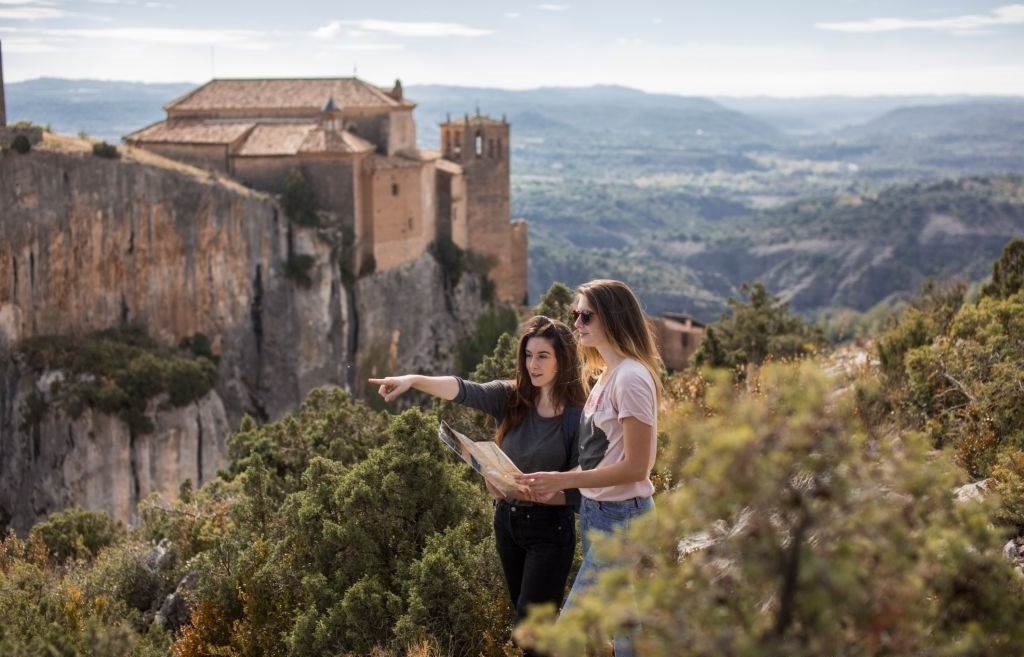Summary
- This guide covers Angkor Wat’s highlights, ticket passes, and sustainable travel tips for a deeper experience.
- Readers learn optimal visiting seasons, temple etiquette, and cultural insights essential for a respectful visit.
- It introduces must-see temples like Angkor Wat, Angkor Thom, and Ta Prohm, and suggests lesser-known gems.
- Practical tips address safety, responsible tourism, and connecting with local communities for lasting impact.
Angkor Wat Temple Complex stands as one of Southeast Asia's most iconic and culturally significant landmarks, drawing curious travelers from across the globe. Its sprawling grounds, shrouded in the mystical aura of ancient Khmer civilizations, are a testament to Cambodia’s vivid history and rich heritage. To truly appreciate the magnitude of Angkor Wat, it is worth diving into not just the physical beauty of its grand temples, intricate bas-reliefs, and towering spires but also the cultural stories and legends embedded within its stones.
Getting to Angkor Wat is often at the top of any Cambodia itinerary, and for good reason. This magnificent archaeological site, located just a short distance from the bustling town of Siem Reap, allows visitors to immerse themselves in an ancient world where spirituality, art, and kingship once collided. You will quickly discover that Angkor Wat is not merely a tourist destination but a journey back in time, offering innumerable insights into those who once walked these very paths.
In this comprehensive guide, you will find practical travel tips on preparing for your trip, discover highlights of the Angkor Wat Temple Complex, and learn about off-the-beaten-path experiences. You will also encounter advice on how to be a respectful traveler and soak up the wonders of the region, ensuring a meaningful visit that supports both local communities and the preservation of this UNESCO World Heritage Site.
Planning Your Trip
Best Time to Visit
Choosing the right season can drastically impact your experience. Cambodia has two main seasons: the dry season (roughly November to May) and the rainy season (June to October).
- Dry Season: The cooler months, particularly November through February, offer more comfortable weather. However, this is also peak tourist season, which means larger crowds and higher accommodation prices.
- Rainy Season: While rainfall can be heavy, the landscapes transform into lush green vistas, and temple moats brim with water, a photographer’s dream. The crowds are smaller, and you may find better deals.
If you are flexible, consider visiting in the shoulder months of late October or early November when the weather is transitioning. You may enjoy fewer crowds along with relatively pleasant temperatures.
Travel Documents and Tickets
For most nationalities, a visa is required to enter Cambodia. You can typically obtain a visa upon arrival at the Siem Reap International Airport or apply online for an e-visa. Ensure your passport remains valid for at least six months beyond your intended stay.
Once in Siem Reap, you must purchase an Angkor Pass to enter the temple complex. Passes come in three main categories:
- 1-Day Pass: Best suited for those with limited time who intend to see the highlights quickly.
- 3-Day Pass: A popular choice that allows visitors to explore the main temples more relaxedly.
- 7-Day Pass: Ideal for in-depth exploration or if you intend to revisit specific temples.
A photo is taken at the ticket office, and your pass is strictly checked at temple entrances, so keep it on you at all times. Ticket prices can change, so consult official resources or your hotel before purchasing.
Getting There and Moving Around
Siem Reap’s airport receives daily flights from Southeast Asian hubs, including Bangkok, Kuala Lumpur, and Singapore. If you prefer overland travel, buses run from major Cambodian cities or neighboring countries, such as Thailand and Vietnam.
Once you have arrived, you will find a range of transportation options to explore the Angkor Archaeological Park:
- Tuk-Tuk: Hiring a tuk-tuk driver for a day is one of the most common ways. Your driver can whisk you from temple to temple, and you will get a taste of local life along the way.
- Bicycle or E-Bike: Eco-conscious travelers might opt for a bike or e-bike rental to roam the complex at their own pace. Remember that the site is vast, so choose this option only if you can handle potentially long rides in hot weather.
- Taxi or Private Car: A bit more expensive, but it is convenient for families or travelers seeking comfort. Guides and drivers will often tailor your itinerary based on your interests.
Accommodation and Dining
Siem Reap offers accommodations for every budget, ranging from backpacker hostels to luxury resorts. Most properties are located near the city center, making finding restaurants, markets, and bars easy. Booking in advance is recommended during the high season, particularly if you are eyeing a boutique hotel or premium resort.
Local Khmer cuisine boasts signature dishes like amok (coconut curry) and lok lak (stir-fried beef), but you will also find an array of international restaurants. For a more authentic experience, explore Siem Reap’s night markets to try street food or attend a local cooking class.
Exploring the Key Temples
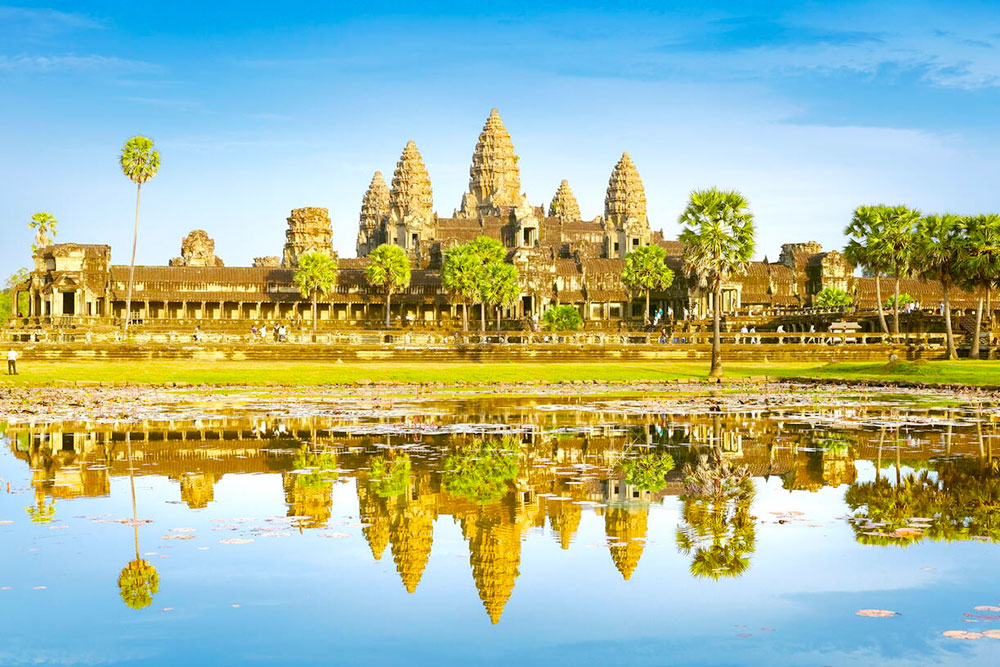
Angkor Wat: The Heart of the Complex
Any journey through the Angkor region typically begins at Angkor Wat itself. This colossal temple, originally built in the early 12th century, is dedicated to the Hindu god Vishnu and later transformed into a Buddhist shrine. Its grandeur is best witnessed in the early morning when the rising sun silhouettes its famous lotus-bud towers.
Carefully wander through the intricate galleries adorned with carvings depicting scenes from Hindu epics such as the Ramayana and the Mahabharata. Do not miss the central tower for a panoramic view of the surrounding complex. Be prepared for some steep steps, sturdy footwear is recommended.
Angkor Thom: The Royal City
A short drive or tuk-tuk ride away from Angkor Wat lies Angkor Thom, the once-great fortified city built by King Jayavarman VII in the late 12th century. Here, you will encounter multiple gates and wide causeways lined with imposing statues, leading you straight to the heart of Angkor Thom.
- Bayon Temple: Known for its iconic towers with serene, smiling faces, Bayon is a must-see. Explore the terraces, corridors, and labyrinth-like passages to appreciate the temple’s bas-reliefs that depict scenes of daily life, battles, and religious rituals.
- Baphuon Temple: This massive temple-mountain is dedicated to the Hindu god Shiva. An architectural highlight is a large reclining Buddha statue built into one of its walls.
- Phimeanakas and the Royal Palace Area: Although partially in ruins, these structures offer insight into ancient Khmer court life.
Ta Prohm: Nature’s Masterpiece
One of the most photographed temples in the Angkor Wat Temple Complex, Ta Prohm captivates visitors with its giant tree roots that snake over centuries-old stone walls. Left mainly in the same condition as it was found, Ta Prohm gives a sense of how nature reclaims its territory when human presence recedes. The strangler fig and silk-cotton trees that envelop the temple have created a mysterious, almost surreal landscape that has captured the imagination of filmmakers and photographers worldwide.
Preah Khan and Other Hidden Gems
While Angkor Wat, Angkor Thom, and Ta Prohm top the list for most visitors, do not overlook other gems:
- Preah Khan: Originally a Buddhist monastery and educational center, it features interesting carvings and corridors that offer a quieter experience than the main temples.
- Neak Pean: A unique artificial island temple in the middle of a water reservoir, thought to represent the mythical Himalayan lake Anavatapta with healing waters.
- Ta Som: Smaller yet more intimate, this temple has an iconic tree-strangled entrance.
These lesser-known temples may grant you the opportunity to explore without the crowds.
Immersive Experiences Beyond the Main Complex
Sunrise and Sunset Spots
Many travelers believe the ultimate way to experience Angkor is at sunrise, watching the temple spires cast reflective silhouettes on the moat. While Angkor Wat’s reflection pond is immensely popular for sunrise photography, you can also consider Srah Srang (the Royal Bathing Pool) or the top of Phnom Bakheng for panoramic views.
Sunset can be equally enthralling. Phnom Bakheng is known for golden-hour moments, but it gets crowded. For a more tranquil experience, consider Pre Rup Temple, which offers expansive countryside vistas and fewer tourists.
Cultural Interactions and Community Tours
While the temples are undoubtedly the highlight, an immersive cultural experience can enrich your journey. Local village tours introduce you to rural Cambodian life, visit a family farm, learn about rice cultivation, or witness traditional crafts like weaving or pottery. Many of these experiences are organized through community-based tourism initiatives, ensuring your money benefits local people.
If time allows, consider visiting the Angkor National Museum in Siem Reap to gain deeper insights into Cambodia’s religious and cultural evolution. Exhibits focus on the pre-Angkorian era to the zenith of the Khmer Empire and beyond, offering a fascinating context for what you see on the temple grounds.
Sustainable and Eco-Friendly Activities
Given the increasing volume of visitors, practicing responsible tourism is critical to preserving Angkor’s beauty for future generations. Some eco-friendly activity options include bird-watching tours around the reservoir areas, volunteering at local conservation projects, or simply ensuring you adhere to a “leave no trace” principle during your visit.
When exploring the neighboring countryside, it is advisable to:
- Avoid buying souvenirs made from endangered wildlife products.
- Refill a reusable water bottle instead of buying multiple plastic ones.
- Opt for local guides who offer knowledge from their experiences, helping sustain the local economy.
Culinary Adventures and Performances
Siem Reap comes alive at night, offering traditional Apsara dance performances and lively markets. An Apsara show often features dancers in elaborate costumes, enacting scenes from ancient myths with graceful movements. Witnessing such performances deepens your understanding of Cambodia’s artistic traditions.
Food tours are another way to connect with local flavors. From strolling through fresh produce markets to sampling street-side grilled fish or sticky rice desserts, you will learn how centuries of cultural exchange have shaped Cambodian cuisine.
Practical Tips for a Meaningful Visit
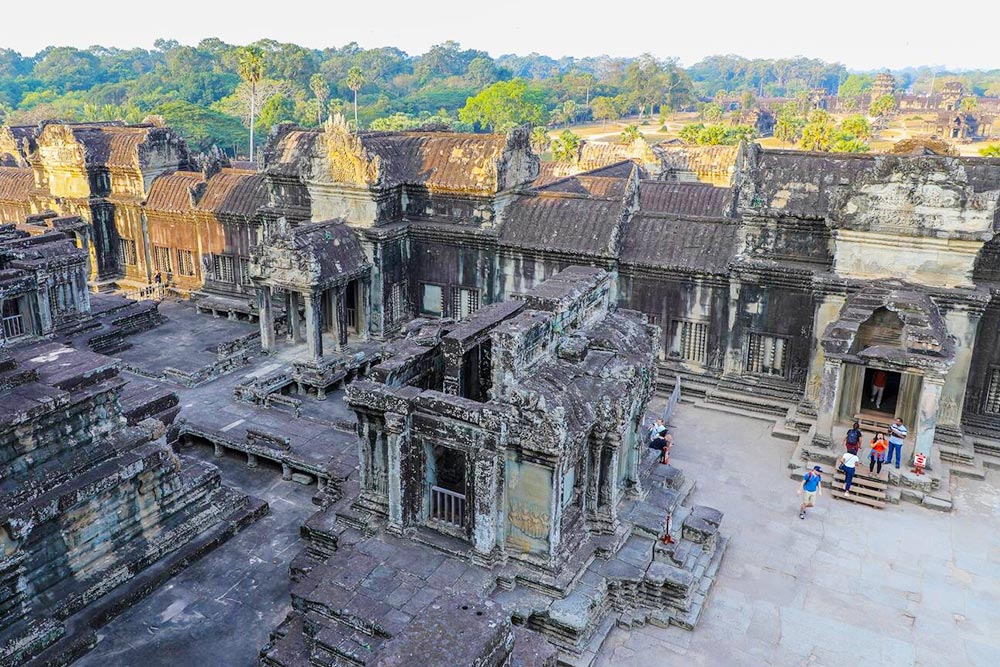
Dress Code and Temple Etiquette
Cambodia is a predominantly Buddhist country where modesty is valued, especially at religious sites. When visiting the Angkor Wat Temple Complex or any temple:
- Cover your shoulders and knees. Wear shirts or blouses with sleeves and skirts or pants below the knee.
- Remove your hat and sunglasses if stepping into any shrine.
- Refrain from touching or climbing on delicate carvings and structures.
By dressing respectfully, you adhere to local customs and protect the temples from unnecessary wear.
Health and Safety Considerations
With a bit of planning, you can stay healthy throughout your trip. Here are some suggestions for your well-being:
- Stay Hydrated: Cambodia’s tropical climate can be demanding. Drink plenty of water and consider electrolyte packets if you spend long days outdoors.
- Sun Protection: Apply sunscreen, wear a hat, and use sunglasses.
- Travel Insurance: Comprehensive coverage can provide peace of mind in case of medical emergencies or travel disruptions.
- Mosquito Repellent: Though not rampant, mosquito-borne illnesses exist, so come prepared with repellent, especially during the rainy season.
Photography and Responsible Tourism
Angkor Wat is a photographer’s paradise, but remember to respect local customs and the temple environment:
- Seek permission before photographing monks or residents.
- Maintain safe distances from fragile temple structures.
- Avoid using drones without proper authorization, as drone usage is regulated in certain areas.
Responsible tourism also extends to how you engage with vendors and beggars. Avoid giving money to child vendors or beggars directly, as it can perpetuate unsafe situations for children. Instead, contribute to reputable local NGOs focusing on education and community development.
Navigating the Crowds
To make the most of your time, plan your itinerary carefully:
- Early Start: Aim to reach popular temples like Angkor Wat or Bayon as early as possible to avoid mid-morning tourist influx.
- Reverse Order: If you have a multi-day pass, visit major sites in the afternoon when crowds thin out and explore lesser-known temples in the morning.
- Consider Alternative Entrances: Some temples have multiple gates, and a less frequent entrance can offer a more serene experience.
Creating a Lasting Impact
Your journey can be more rewarding if you view Angkor not just as a collection of ancient temples but as a living heritage site that needs ongoing care and respect. Consider the following to leave a positive footprint:
- Hire Local Guides: Many are passionate about sharing their culture and history, and it supports the local economy.
- Purchase Local Products: From handcrafted textiles to locally grown produce, supporting small businesses helps preserve traditional crafts.
- Volunteer or Donate: Numerous organizations work to preserve Angkor or improve community welfare. Even small contributions can make a difference.
Each traveler ensures the continuity of Angkor’s historical, cultural, and ecological legacy. By treating the site with care, you become more than a visitor; you become a steward of one of humanity’s most significant architectural achievements.
Conclusion
Visiting Cambodia’s Angkor Wat Temple Complex is a transformative experience combining breathtaking sights and deep cultural immersion. Whether you admire the sunrise at Angkor Wat, weave through the hidden corners of Ta Prohm, or soak up the local vibes of Siem Reap, each moment holds the potential for awe and discovery. Planning thoughtfully, respecting local customs, and prioritizing sustainable practices will forge a connection with the ancient Khmer civilization that resonates far beyond the time you spend within these hallowed grounds.
Above all, remember that Angkor is more than a place; it is living history. Every interaction, photograph, and footstep contributes to the site’s narrative. Embrace the tranquility of the causeways, the harmony of art and architecture, and the wisdom passed down through the ages. In doing so, you will leave with more than just memories; you will take home a piece of Cambodia’s soul.
Reserve a spot on our exclusive Cambodia travel packages now. Explore centuries-old landmarks, witness the beauty of lush landscapes, and delve into the rich tapestry of culture that defines this enchanting destination.

